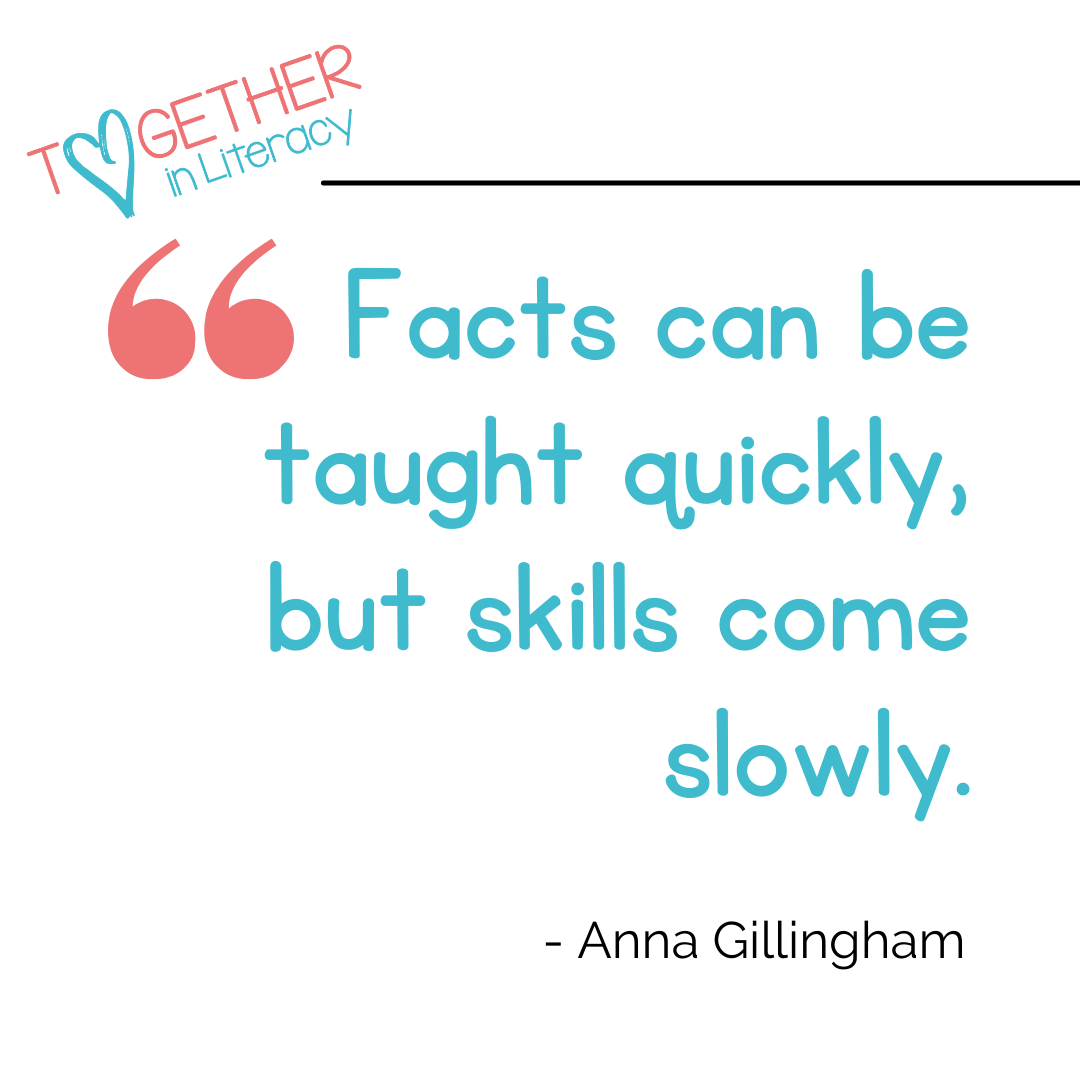The Ortonian Prescription, Explained! (Part 1)

Orton-Gillingham is an approach to reading instruction pioneered by Dr. Samuel Orton and Anna Gillingham.
Many different programs utilize and follow the Orton-Gillingham principles, but Orton-Gillingham is not itself a program, it is an approach. These principles uphold the integrity of the approach. The Orton-Gillingham approach is multi-sensory, diagnostic, prescriptive, systematic and sequential, explicit, flexible, emotionally sound, and language-based.
At its core, this approach plays to the strengths of the learner and helps them to become successful.
Who Were Dr. Samuel Orton and Anna Gillingham?

Dr. Samuel Orton was a neuropsychologist and pathologist who worked with people who had brain injuries. In 1925 he began to study why people struggled to read. This work became the impetus for his Orton-Gillingham treatment plan. He passed away in 1948 but we can learn so much from reading about his life and work.
Anna Gillingham was an educator and a psychologist. She worked with Dr. Orton to train teachers and develop instructional materials.
Ortonian Prescription (the First Five)
The Ortonian Prescription is a summary of the important points of the treatment plan Orton recommended. Below, we will discuss how each point applies to the Orton-Gillingham principles of today and how it connects with social-emotional learning.
1. Analyze the language to be learned into its smallest useful elements.
This means understanding the sounds we hear and speak, and the graphic symbols that we use when we read and write. The reason why we want to do this is that we want to reduce the cognitive load for our struggling readers. We want to reduce the necessary memory load which is oftentimes quite challenging for our students. When we’re being explicit in our instruction and hitting those academic pieces, we’re helping students understand those phoneme and grapheme relationships. Then, we can take away a lot of that stress that our students can otherwise feel.
2. Make sure to teach thoroughly, to the point of automaticity.
The beauty of Orton-Gillingham is that we teach to mastery. Public school teachers are strapped with a lot of curriculum demands and we know that. We have both been there. But, when we are in an intervention model and working with children with dyslexia, our goal really is to teach to mastery. Because we’re able to do that, we’re able to help children reach a level of success and remove the confusion. When that child experiences the feeling of success, it is extremely powerful.
3. Make sure to teach thoroughly, with multi-sensory techniques.
When we teach with a multi-sensory approach, we are connecting the visual, the auditory, the tactile, in a way that is going to create the necessary neuropathways that will help our students break the reading code. When they do that, they start to see success, and we can also link that back to their metacognitive awareness.
4. Synthesize what is learned.
As you’re progressing in practice, in the spoken and written word, as well as in reading, we are working in a systematic way. This includes the importance of corrective feedback. We, as Orton-Gillingham trained instructors, use our language to get children to try to find what needs to be fixed without us explicitly telling them. They synthesize what they already know in a variety of ways. It’s all about constantly building and building just a little more on to what has already been mastered.
5. Teach to the child’s intellect.
We want to use the cognition and approach really purposefully in order to help our students master their learning. We take the time to discuss the English language and the history behind it, which really speaks to the intellect of these children.
For a deep dive into the first five Ortonian Prescriptions, check out our latest episode of the Together in Literacy podcast. If you like what you hear, don’t forget to rate, leave a positive review, and subscribe!
Looking for strategies and resources?
Sign up for our newsletter for news, resources, and freebies delivered straight to your inbox.
We hate SPAM. We will never sell your information, for any reason.
